Understanding how to survive an avalanche is critical to those who want to hike anywhere near the top of the world’s most majestic mountains. Avalanches are formidable forces of nature that occur when snow rapidly descends down a mountainside. They are typically triggered by the release of a layer of snow that fails to adhere to the underlying surface, often due to factors such as temperature changes, snowpack instability, or external disturbances. These disturbances can range from natural events like heavy snowfall or sudden temperature fluctuations to human-induced triggers like skiing, snowboarding, or loud noises. Avalanches can occur on slopes as gentle as 25 degrees, but they are most common on steeper inclines between 30 and 45 degrees, where gravity exerts significant force on the snowpack.
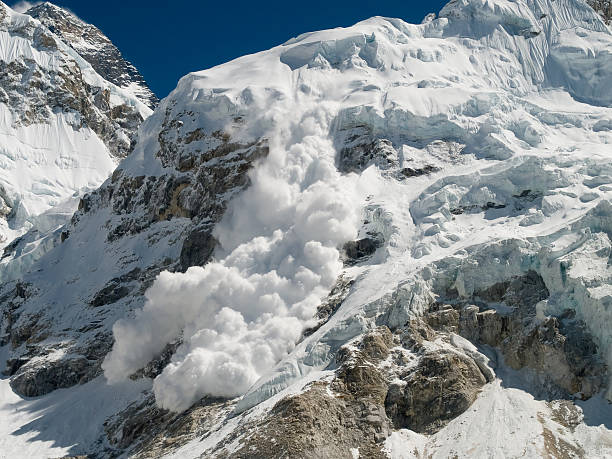
Figuring out the conditions conducive to avalanche formation is crucial for assessing risk and mitigating potential hazards. Avalanches commonly occur during and after heavy snowfall, especially when accompanied by strong winds that redistribute snow and create unstable layers. Temperature fluctuations, such as rapid warming after a cold spell, can also weaken the snowpack by promoting the formation of weak layers and causing snow to lose cohesion. Additionally, avalanches may be triggered by human activity, such as recreational pursuits like skiing, snowboarding, or snowmobiling, which can stress the snowpack and destabilize its layers. The accumulation of snow over time creates layers of varying density and stability, and avalanches often result from the failure of these layers to bond securely, leading to a sudden release of snow down the mountainside.
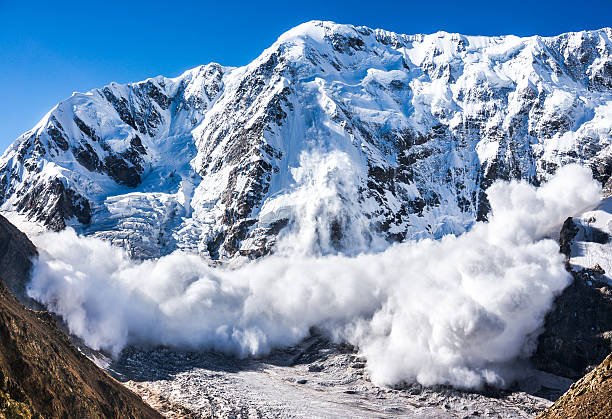
The seasonality of avalanches varies depending on local climate patterns and geographic factors. In mountainous regions with heavy snowfall, avalanches are most prevalent during the winter and spring months when snowpack is at its peak. However, avalanches can occur at any time of year in high-altitude environments where snow persists year-round. Understanding the dynamics of avalanche formation, recognizing environmental triggers, and practicing safe travel habits in avalanche terrain are essential for mitigating risk and ensuring personal safety in snowbound landscapes.
Standing amid a serene winter landscape, the last thing on your mind is the sudden threat of an avalanche. Yet, in the blink of an eye, nature’s immense power can turn tranquil surroundings into a harrowing ordeal. Understanding what to do when an avalanche approaches can be the difference between survival and tragedy. In this guide, we delve into essential strategies for navigating the terrifying scenario of an impending avalanche.
1) Stay Calm and Assess the Situation:
As the rumble of an avalanche grows nearer, it’s natural to feel a surge of panic. However, maintaining a calm and composed demeanor is paramount. Quickly assess the direction and speed of the avalanche to determine your course of action. Avoid wasting precious time on futile attempts to outrun the avalanche; instead, focus on increasing your chances of survival.
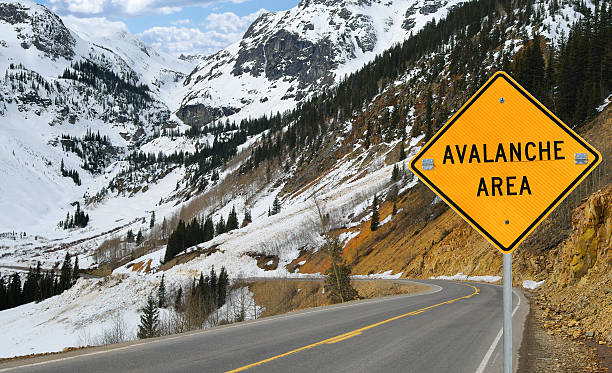
2) Move to the Side:
If you spot an avalanche cascading down the slope towards you, your instinct might be to run downhill. However, this reaction can lead to being overtaken and buried by the fast-moving mass of snow. Instead, move perpendicular to the path of the avalanche, aiming to get to the side and out of harm’s way.
3) Discard Heavy Gear:
Shedding unnecessary weight can enhance your mobility and buoyancy in the event of burial. Quickly discard heavy equipment such as skis, snowboards, or backpacks to increase your chances of staying afloat in the event of burial. Every ounce of weight saved could make a significant difference in your ability to maneuver and survive.

4) Fight to Stay on Top:
As the avalanche engulfs the surrounding terrain, fight to stay on the surface of the moving snow. Swim vigorously in a breaststroke motion, using your arms and legs to stay afloat. Keep your head above the surface and attempt to create an air pocket in front of your face to facilitate breathing in the event of burial.
5) Cling to Objects:
If trees, rocks, or other objects are within reach, grab onto them to anchor yourself and prevent being swept away by the avalanche. Clinging to sturdy objects can provide a lifeline amidst the chaos, increasing your chances of remaining above the surface until the avalanche comes to a halt.
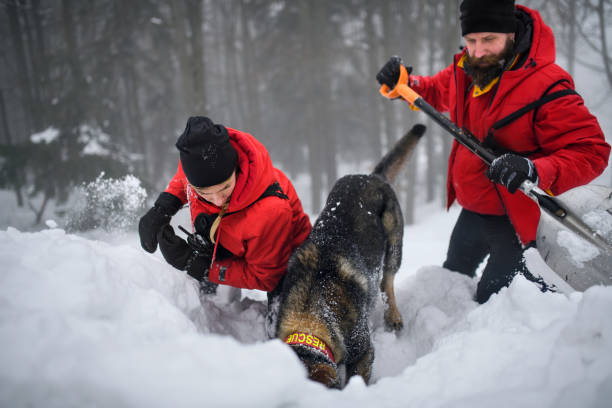
6) Protect Your Airway:
As the avalanche slows and settles, protect your airway by creating a breathing space in front of your face. Cup your hands around your mouth and nose or create a pocket of air by pushing snow away from your face. Conserving oxygen is crucial while awaiting rescue.
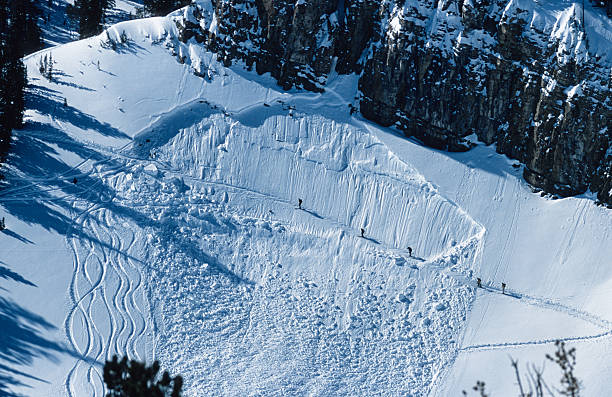
7) Signal for Help:
If you find yourself buried beneath the snow, utilize any available means to signal your presence to rescuers. Activate your avalanche transceiver to emit a signal that can be picked up by search teams. Stay calm and conserve energy while awaiting assistance.
Conclusion:
Facing an approaching avalanche is a terrifying ordeal that demands quick thinking and decisive action. By staying calm, moving to the side, shedding heavy gear, and fighting to stay on the surface, you increase your chances of surviving this formidable force of nature. Remember, preparation and swift response are your greatest allies in the face of adversity. With a clear understanding of what to do when an avalanche approaches, you stand a fighting chance amidst nature’s fury.
